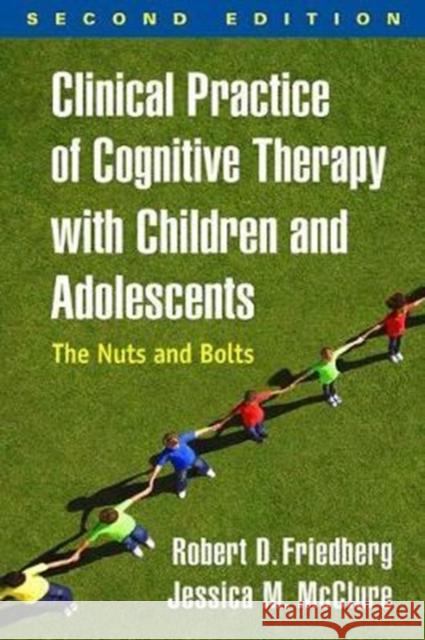Clinical Practice of Cognitive Therapy with Children and Adolescents: The Nuts and Bolts » książka
topmenu
Clinical Practice of Cognitive Therapy with Children and Adolescents: The Nuts and Bolts
ISBN-13: 9781462535873 / Angielski / Miękka / 2018 / 494 str.
Clinical Practice of Cognitive Therapy with Children and Adolescents: The Nuts and Bolts
ISBN-13: 9781462535873 / Angielski / Miękka / 2018 / 494 str.
cena 169,97
(netto: 161,88 VAT: 5%)
Najniższa cena z 30 dni: 151,07
(netto: 161,88 VAT: 5%)
Najniższa cena z 30 dni: 151,07
Termin realizacji zamówienia:
ok. 22 dni roboczych
Dostawa w 2026 r.
ok. 22 dni roboczych
Dostawa w 2026 r.
Darmowa dostawa!











